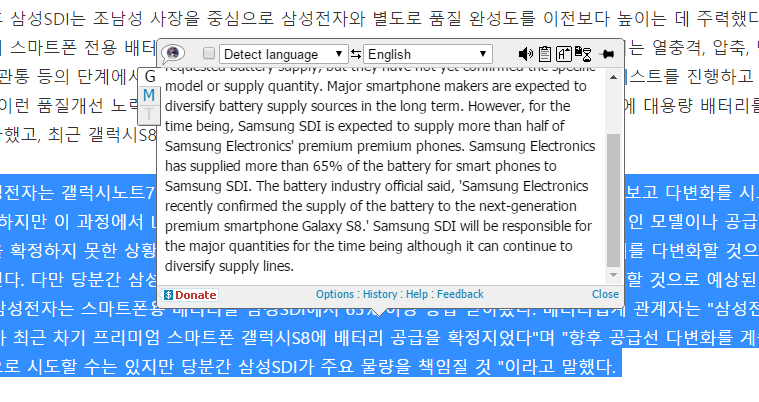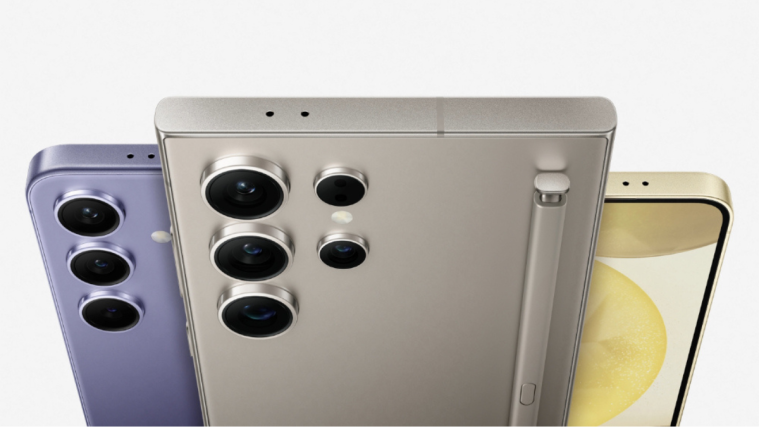Looks like Samsung SDI wasn’t to be blamed for the Note 7 recall. Not even the battery inside the Note 7, in fact. As it stands out, Samsung is planning to use the very same Samsung SDI’s batteries for the Galaxy S8 this year, beginning with other 2017 Samsung smartphones like Galaxy A3, A5 and A7.
Samsung has said that Galaxy A7 that will be shipping in Russia will feature the Samsung SDI batteries, which comes with 3600mAh battery — 20% more than that of Note 7, for what it’s worth. Samsung said the battery explosion was a result of ‘strategic defect’ (from translation, via MK Korea).
The Galaxy S8 may feature 12MP/16MP front camera, Desktop support and over 90% screen-to-body ratio, along with 3D touch, on-screen fingerprint scanner, and may come in size of 5.7″, with the Galaxy S8 Plus taking 6″ display up front.
Samsung used batteries from two sources for the Note 7, and when it started exploding, it was earlier kind-of established that those supplied by Samsung SDI were at fault. When led to recall. But when Note 7 sets equipped with non-Samsung SDI batteries explode too, Note 7 was fully discontinued.
But now it’s being reported that Samsung has established that Samsung SDI — which also supplies to OEM like Apple, and has seen its market value come down drastically since Note 7 fiasco — isn’t to blame for the batteries, as the battery explosion was caused corrupted process which created conflict between negative and positive electrode material, ending up in explosion and blowing up even a car. And house.
Moreover, in other news, reports have it that Samsung SDI is notching up its quality to retain and appeal to its customers, with the brand having suffered a lot because of Note 7 recall. Really, if company’s sister concern’s batteries aren’t to blame, which was a strategic defect, then it has hurt Samsung SDI in vain.
What do you say?






Samsung is hurting its credibility by delaying the candid report into the strategic cause of the failure, which needs to be endorsed by independent regulators for it to be credible.
What about the Samsung report that supported the first recall that it had detected battery plate buckling due to a size incompatibility between the SDI battery and the milled battery compartment?
Whilst a sample size of ONE does not constitute a statistically valid numerical assessment, the ‘Instrumental’ Report did find that Samsung had knowingly and significantly violated the industry-accepted size tolerance associated with the installation of a Li-ion battery in an inflexible battery compartment.
There is also the question as to why the second battery supplier seemingly suffered no catastrophic thermal-runaway events until after it became the sole source of batteries. Is there a link between battery supplier and SoC used in the first batch and did the non-SDI-battery thermal-runaway events occur when those non-SDI-batteries were used with a particular SoC?
Samsung is hurting its credibility by delaying the candid report into the strategic cause of the failure, which needs to be endorsed by independent regulators for it to be credible.
What about the Samsung report that supported the first recall that it had detected battery plate buckling due to a size incompatibility between the SDI battery and the milled battery compartment?
Whilst a sample size of ONE does not constitute a statistically valid numerical assessment, the ‘Instrumental’ Report did find that Samsung had knowingly and significantly violated the industry-accepted size tolerance associated with the installation of a Li-ion battery in an inflexible battery compartment.
There is also the question as to why the second battery supplier seemingly suffered no catastrophic thermal-runaway events until after it became the sole source of batteries. Is there a link between battery supplier and SoC used in the first batch and did the non-SDI-battery thermal-runaway events occur when those non-SDI-batteries were used with a particular SoC?